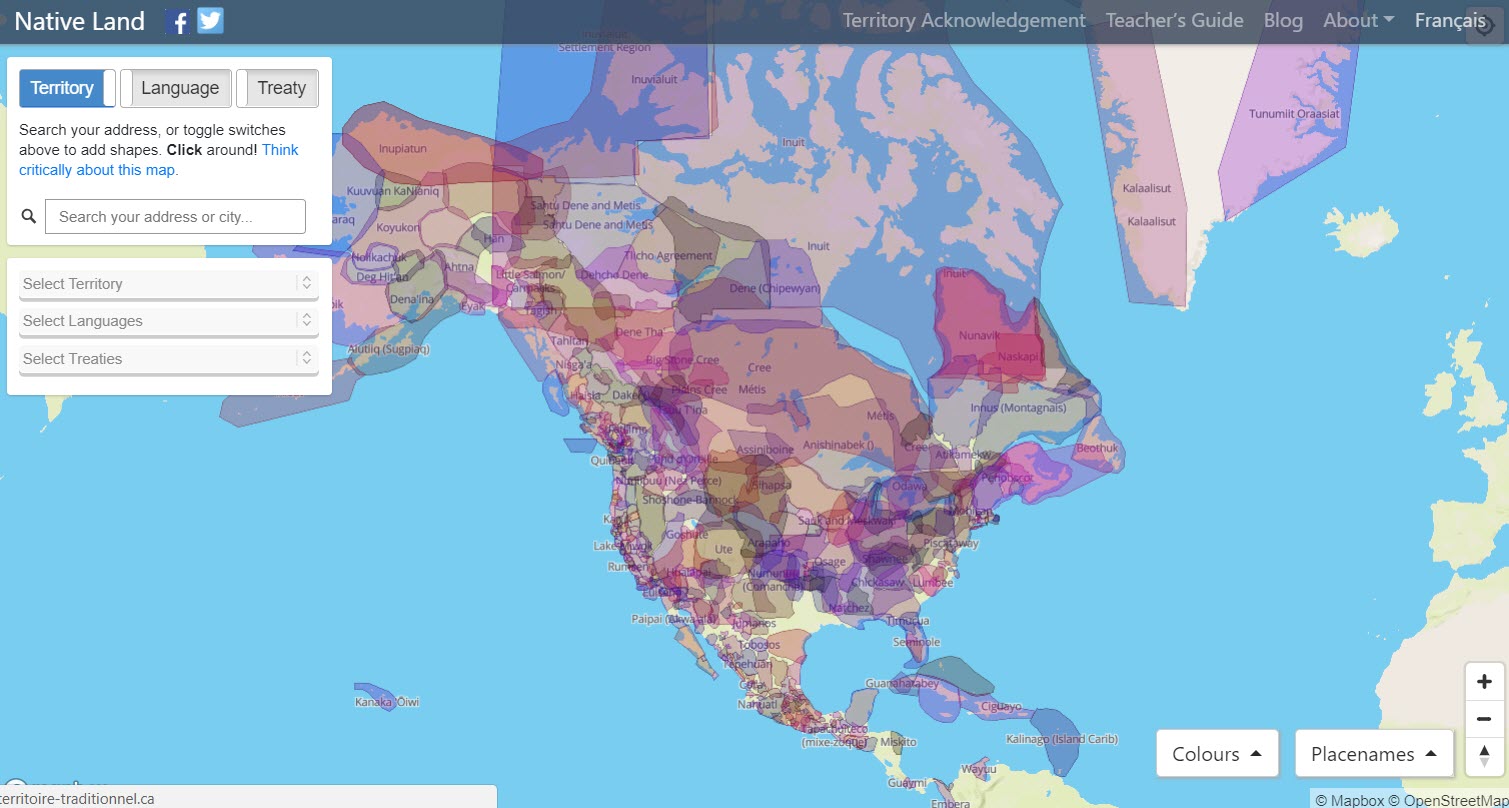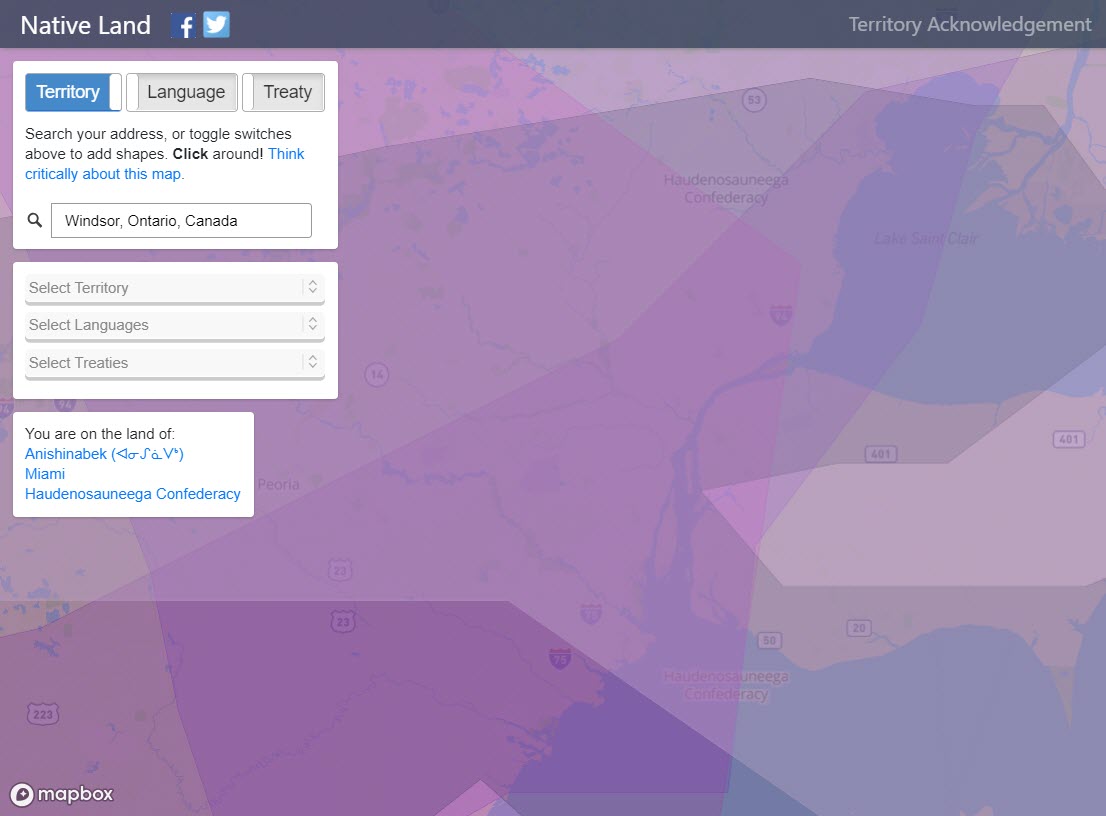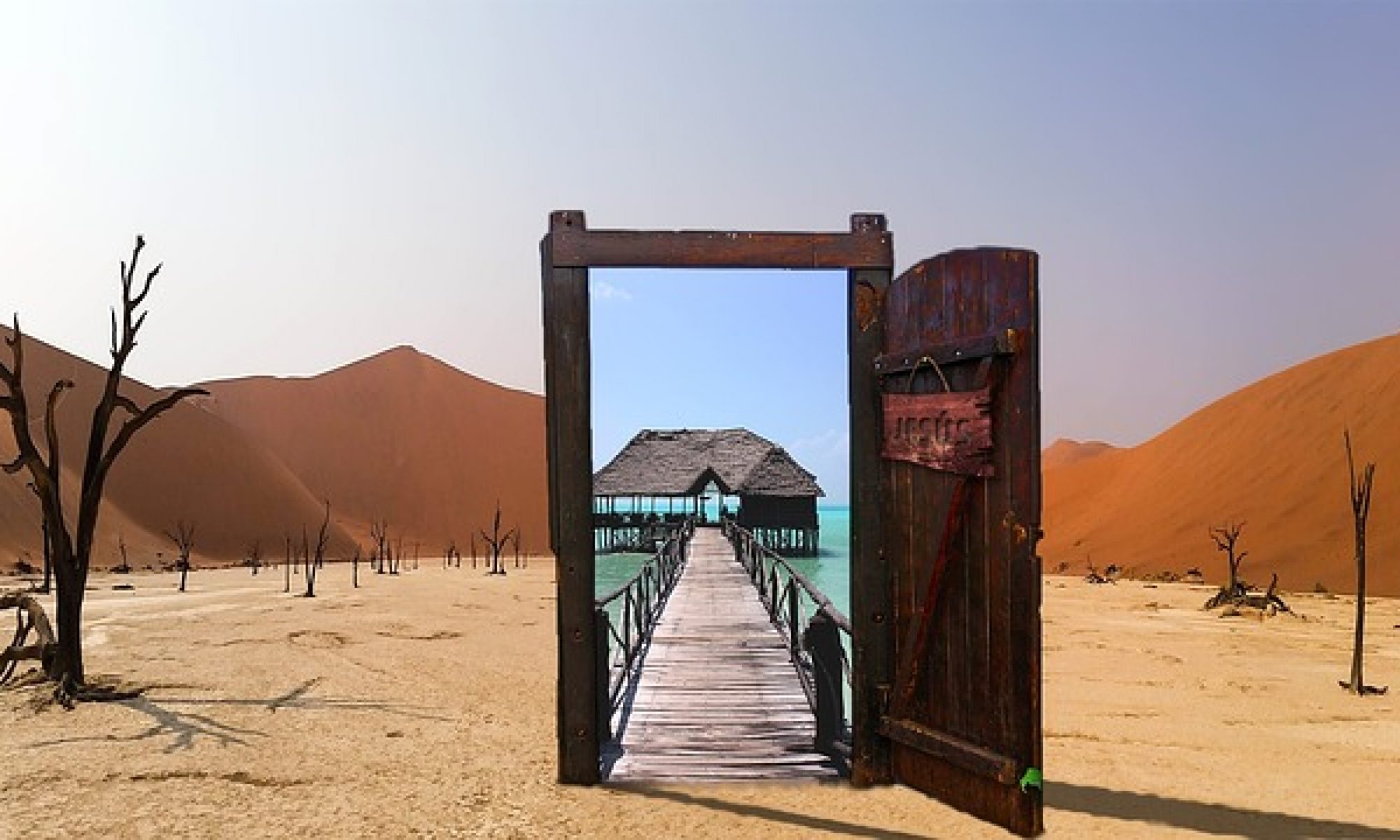
On what land do you stand? Helen DeWaard’s recent post on Hospitality got me thinking again about what Indigenous territorial lands do I live on and territorial acknowledgements. I found this website, Native Land by Victor G Temprano (@nativelandnet). This is a searchable map that reports the nations, treaties and languages of the Indigenous Peoples for that area. Please review the About section of the website to understand how the project was started and how the map is created.
I want to acknowledge that I work on the traditional territories of : Anishinabek (ᐊᓂᔑᓈᐯᒃ), Haudenosauneega Confederacy, Miami and Anishinaabe Nations.
I am using the information in the post to suggest a Daily Extend to the OntarioExtend project. If it is accepted and used, I will update this post with the details. In the meantime, check out Native Land and peruse the resources below for some more thoughts about territorial acknowledgement.
Update: This suggestion became a Daily Extend on June 6, 2018 https://extend-daily.ecampusontario.ca/oext196/
Start here with a questioning view of whether acknowledging Indigenous lands is a good thing:
âpihtawikosisân. (2016, September 23). Beyond territorial acknowledgments. |âpihtawikosisân.com.
Shahzad, R. (2017, July 17). Why acknowledging the Indigenous lands we stand on is so important | CBC News.
Jones, A. (n.d.). Territory Acknowledgement | Native Land.
Canadian Association of University Teachers. (2017). Guide to Acknowledging First Peoples & Traditional Territory | CAUT.
University of British Columbia. (2018). Land Acknowledgements in Teaching and Learning | UBC
